Residents living on the wrong side of the boundary dividing the Village of Lytton from surrounding rural areas have not received the same provincial support — despite suffering similar impacts — as their in-town counterparts in the wake of the devastating wildfire that levelled the community, the local regional district says.
In a letter sent in February to B.C.’s Ministry of Emergency Management and Climate Readiness, the Thompson-Nicola Regional District said that properties “impacted by the same fire, on the same day” in June 2021 have not received the same post-disaster funding provided to the village.
“This invisible line has created a deep divide within the community and a feeling of ‘have and have not,’” wrote TNRD chair Barbara Roden, who called on the province to commit to equitable access to support for everyone in B.C. following a disaster.
TNRD director Tricia Thorpe told The Tyee last week that the regional district had not received a response.
A spokesperson with the emergency response ministry told The Tyee it learned Monday that the response letter it sent last month had not been received by the regional district. The ministry said it planned to provide the TNRD with the letter that same day.
The Lytton Creek wildfire ignited on June 30, 2021, destroying most of the community. Lytton’s recovery has been slow, with rebuilding just getting underway nearly three years later. Two weeks ago, B.C.’s auditor general announced a review of the province’s response following the disaster.
When asked about the differences in provincial support, Bowinn Ma, minister of emergency management and climate readiness, pointed to extensive archeological work needed before residents in Lytton could rebuild. She said the same wasn’t true outside the village boundary.
“In the case of the Village of Lytton, the municipal boundaries were actually the extent of the ancient Indigenous village and burial site,” Ma said about the area at the confluence of the Fraser and Thompson rivers, which saw significant traditional use by the Nlaka’pamux Nation. She said the province has obligations under B.C.’s Heritage Conservation Act to protect cultural sites.
But of the more than $48 million pledged by B.C. for rebuilding Lytton — most of it in three separate funding packages announced in 2022 — only the $18.4 million promised in March 2022 was earmarked for “debris removal, archeological work and soil remediation.” Last fall, Forests Minister Bruce Ralston put the province’s total contribution for Lytton archeology at $23 million.
Other funding announced by the province included $8.3 million for village operations and recovery and $21 million to help re-establish essential infrastructure and services.
Residents outside the village were eligible for up to $30,000 each from the Red Cross for property cleanup. That’s roughly one-tenth what the province provided the village for each damaged or destroyed property.
Within the village, the municipality has taken responsibility for making properties “shovel ready,” including site cleanup and preparation.
Thorpe, who was elected in 2022 to represent TNRD’s Area I, which surrounds Lytton, says that debris removal and infrastructure repair are also things that some rural residents are struggling to tackle.
Thorpe’s home, about a kilometre north of the village, was among 15 properties that burned in the immediate area surrounding Lytton. The fire destroyed another 15 rural dwellings roughly 30 kilometres east, she said.
Thorpe and her husband lost their home, farm and most of their animals in the blaze. They were “lucky,” she added. With the help of a charity and community volunteers, they were able to clean up the property and rebuild.
Others in the district have not been so fortunate.
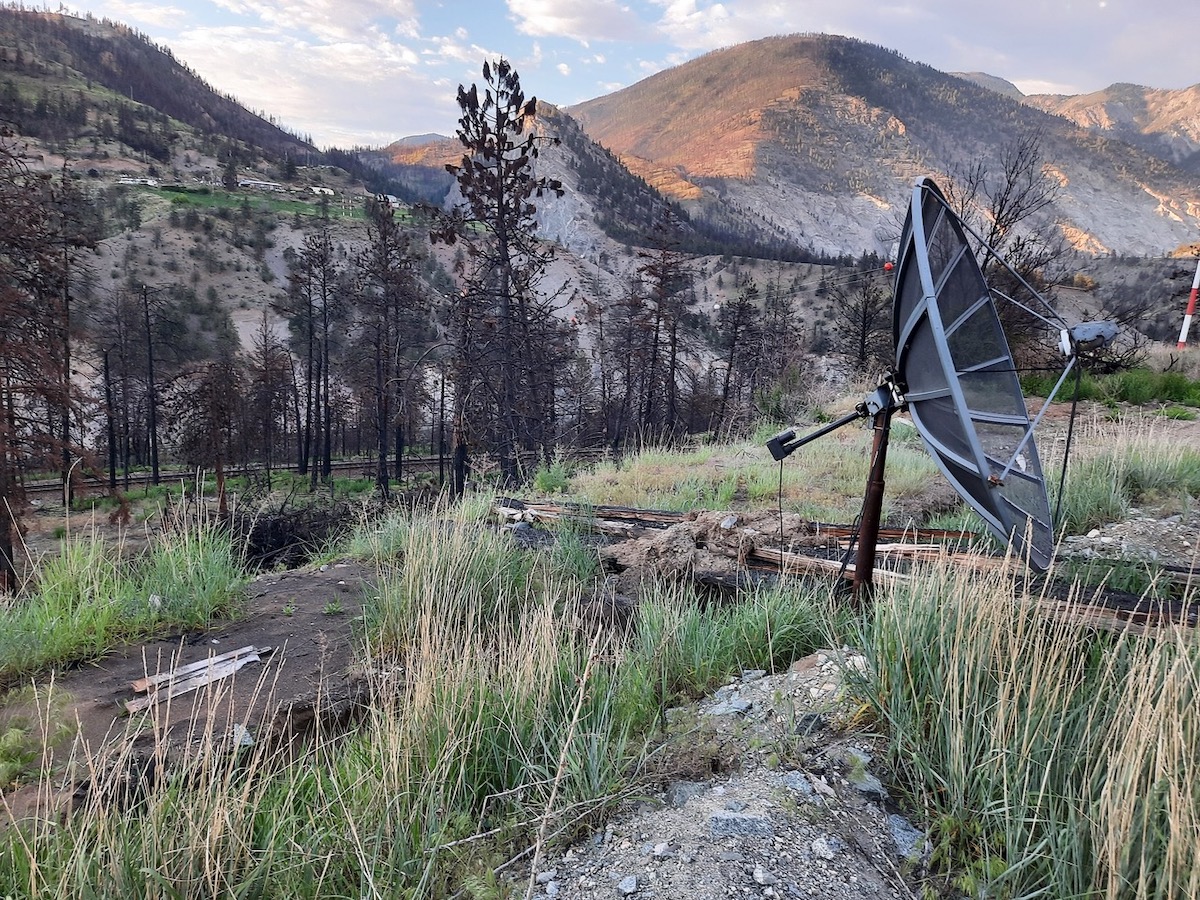
Jade Springs was a community institution, Thorpe said. Sitting a stone’s throw from the village boundary, it offered residents and tourists a campground, a grocery store and an “iconic” Chinese restaurant.
“It literally borders on the village,” Thorpe said. “But they are not eligible for the same funding as the village.”
As a result, nearly three years later, Jade Springs looks much as it did on the day Lytton burned. While it received some Red Cross funding, it requires another $50,000 to finish cleaning up the property, and the family-owned business has not had the resources to do that, Thorpe said.
“There’s still metal debris, you can see broken dishes, you can see a tank left, you can see trees that are just falling down and sitting there,” she said.
Thorpe persuaded PacifiCan, the federal agency supporting economic development in Western Canada, to extend its programs to residents 15 kilometres beyond the village boundary. The federal programs are still not available to affected properties located 30 kilometres away, she said.
She said the province hasn’t been swayed.
“How do you explain to somebody that invisible line really matters? If you’re municipal, you get this funding. Your lot is shovel ready. If you’re on the wrong side of that line, too bad so sad, we’ll try to find you a charity to help you,” Thorpe said.
The Tyee put questions about the differences in support to residents and businesses inside and outside the municipal boundaries to Ma during an emergency preparedness update last week. When asked what the province was doing to ensure everyone affected by wildfires is equally supported, the minister for emergency management said that support for wildfire recovery is “context dependent.”
“Within the Village of Lytton, we saw that the need was so much greater, such a complete destruction of the village site, that required a higher level of support from the province,” Ma said. “Communities, and that includes municipalities [and] regional districts right across the province, will experience these kinds of disasters differently.”
Ma also pointed to the $30,000 available through the Red Cross. According to the Ministry of Emergency Management and Climate Readiness, the funding comes from “a combination of matching donations and funding agreements between the province and the Canadian Red Cross.” In July 2021, B.C. pledged $20 million in matching donations to the Red Cross.
On May 1, TNRD also sponsored a resolution at the Southern Interior Local Government Association that the Union of BC Municipalities “ask the province to commit to ensuring” that everyone impacted by a natural disaster receive the same level of support to rebuild.
Thorpe believes that a lack of understanding about B.C. geography and a “rural-urban divide” is to blame for the disparity. She’s already contacted the auditor general in the hopes of providing feedback and improving future disaster response in the province.
“It has to be equitable,” Thorpe said. “It needs to be consistent and right now it’s not.” ![]()
Read more: Rights + Justice, BC Politics




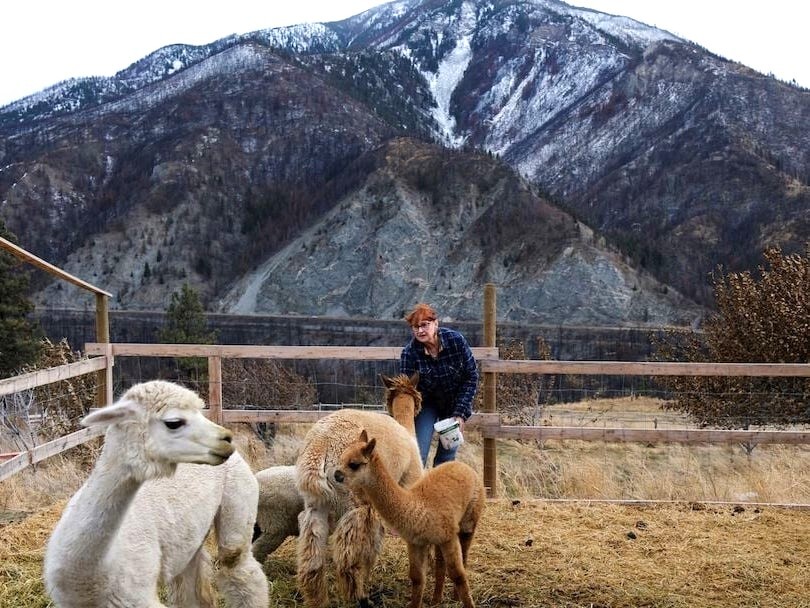


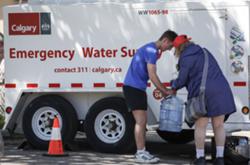
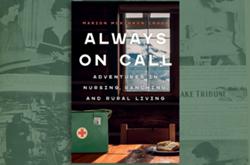


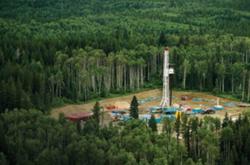
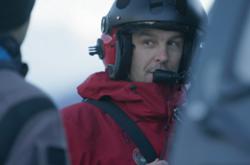



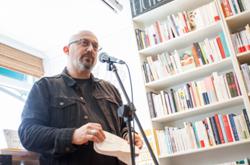
Tyee Commenting Guidelines
Comments that violate guidelines risk being deleted, and violations may result in a temporary or permanent user ban. Maintain the spirit of good conversation to stay in the discussion and be patient with moderators. Comments are reviewed regularly but not in real time.
Do:
Do not: